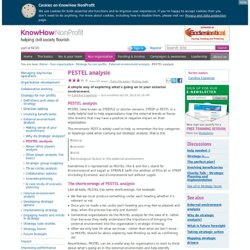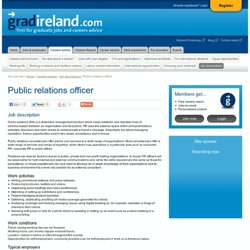

How to sell a story to a journalist or producer. Having made your story plan and decided which journalists/ producers you’re going to target, it’s time to make those first, nerve-wracking approaches.

Before you start sweating over your press release, it’s best to make a trial call to one of the journalists you want to sell your story to: Gauge their interest in your story and ask them what would make the story work for them. Let the journalist’s response guide you. Listen to what they have to say about your story.
Don’t waste time on a dud story which no journalist will pick up. Pitching your story Beware relying on press releases. Very rarely can you successfully pitch the same story to a whole swathe of journalists. Find out more in the article, Press releases and writing skills . VAMU has also published a really useful guide for charities who want to know more about working the media. Calling journalists Timing is everything. National newspapers’ editorial meetings are usually at around 10.30am. PESTEL analysis for charities, voluntary and non profit organisations.
A simple way of exploring what's going on in your external environment.

PESTEL analysis PESTEL (also known as STEEPLE or shorter versions: STEEP or PEST), is a really helpful tool to help organisations map the external trends or forces (the drivers) that may have a positive or negative impact on their organisation. The mnemonic PEST is widely used to help us remember the key categories or headings used when carrying out strategic analysis, that is the: P olitical E conomic S ocial T echnological factors in the external environment Sometimes it’s represented as PESTEL (the E and the L stand for Environmental and Legal) or STEEPLE (with the addition of Ethical) or STEEP (including Economic and Environmental but without Legal).
The shortcomings of PESTEL analysis Like all tools, PESTEL has some shortcomings. Public relations officer. Job description Public relations (PR) is a distinctive management function which helps establish and maintain lines of communication between an organisation and its publics.

PR uses the editorial space within print publications, websites, television and radio shows to communicate a brand’s message. Essentially it is about managing reputation. Career opportunities exist in two areas: consultancy and in-house. Public relations consultancies offer advice and services to a wide range of organisations. Positions can also be found in-house in public, private and non-profit making organisations. Work activities Writing promotional material and press releases.
Work conditions Travel: during working day can be frequent. Typical employers PR consultancy firms Large corporate organisations Charities Political parties. Career development. 2012 in review – Top 20 PR campaigns and stunts of the year. 2012 was a good year to work in PR.

The opportunities to piggyback on topical events, what with the Olympics, the Queen’s Jubilee and all the fun to be had at the expense of yet another ridiculous end of the world prophecy, were ample. Brands and agencies around the world succeeded in capitalising and, of course, creating their own positive news, whilst some made huge errors in judgement, especially when it came to disasters and tragedies. Public relations is, for the public we practitioners attempt to relate to/with, almost scarily fleeting in its ability to really capture imaginations. Ask anybody that doesn’t work in marketing and they’ll struggle to remember PR stunts, campaigns or aforementioned errors in judgement from the last week or two, let alone the last year.
The examples are ordered by the number of times each post, all previously featured on PRexamples.com, has been visited, giving as accurate an estimation of popularity as any other metric. 20. 19. Public relations officer: Entry requirements. No set qualifications are required to become a public relations (PR) officer, but most entrants tend to have a degree or HND.

There are few specific PR degree courses available, and entry to the profession is generally open to all graduates. However, as PR ranks as one of the most popular career choices for graduates in the UK, the following degree/HND subjects may be particularly helpful: communication and media studies; English and literary studies; business/management; marketing; politics. Postgraduate qualifications in PR are available and may improve your chances of securing a position.
However, it will not guarantee a job or replace the personal qualities and experience that employers are looking for. Pre-entry experience in PR, communications, marketing and media industries is highly desirable, although relevant paid experience may be difficult to find. Volunteering is a very useful way of gaining experience. Candidates need to show evidence of the following: Case studies: Communications officer: Natalie McEwan. Natalie studied for her BA Journalism at Southhampton Solent University and is now a communications officer at an NHS primary care trust...

When I left university I took a job as a junior account executive at a local public relations and marketing agency in the technology sector. I started from the bottom, doing all the usual admin tasks, and over the course of two and a half years, progressed to senior account executive. The company provided me with a great grounding in PR and marketing and gave me the opportunity to take on more and more responsibility. By the time I left I was managing some of the smaller accounts - an opportunity you don't get with the big London agencies.
After deciding I wanted to move into the healthcare sector, I saw a job advertised for a communications officer with a local primary care trust. My degree helped to secure my current job as I learned many of the skills I use today on the course, including how to write news stories, features and press releases.